Tony’s been in touch with his garden layout:
“Good Morning Alastair,
I recently came across some photos of my garden layout at my old house and thought they might be of interest.
It was a G scale double main line approximately 60’ by 50’. We had some woods behind the house and my son and I decided to build the layout in the woods.
We ran into numerous difficulties but I would say that, overall, we were very glad that we built it that way. One great advantage of a garden railway is that you can run it through natural, growing vegetation.
This was my first outdoor G scale layout (we had one around the tree every Christmas for many years), and there was a large amount of trial and e
This is what we started with.
My youngest son, Mark, really got into building this layout and was a big help throughout.
The area had a number of large trees and the underbrush where we built the layout was mainly composed of small to medium sized trees.
After clearing some space for track, a small town, a farm, etc, we started trimming the trees to scale height. We had no idea how this was going to work out, but 10 years later, the trees were still thriving. Each spring I just cut them back and shaped them.
There happened to be a gravel supply company near us with a G layout out front and they sold us 60-pound bags of just the right sized stones for ballasting. This would have been way too expensive if we had to buy it at a regular garden store.
We just dug trenches, filled them with ballast and laid the track on top, then added more ballast. The process was quite pleasant- pretty much the same as prototype track laying!
At first, we had an issue keeping power running to all areas of the long track, until I finally realized that LGB track has little screws attached. They are imbedded in wax under a sleeper and we never knew they were there! Once we screwed together all sections of track, power remained steady with just 2 electrical connections along the approximately 250’ loops.
We had a lot of natural stone around in the woods and used it throughout for retaining walls.
This shot shows a few other techniques we used. The whole area of the layout was on a gentle slope, dropping about 18” from the top to bottom and we built a variety of bridges and embankments, keeping the track fairly level.
The hill that the church is on was built up with rocks and dirt. Right in front of the church you can see a few twigs. These were transplanted from another area and watered regularly. They eventually grew higher than the church and were trimmed into a very nice-looking tree.
You can also see the concrete bridge- a rather simple casting. We made a mold out of wood, with a bucket in the center and we were able to make 3 bridges out of the mold. The roads were very simple- we just mixed up some concrete and started troweling it out where we wanted the road to go. In the town area we built a wood form to cast the roads.
Another nice thing about garden railways is that you can use natural water. We bought 2 plastic garden ponds and put one at the top of the area and another at the bottom. We eventually connected the 2 with a small stream, and a pump took the water back to the upper pond.
We started the whole project by building a shed next to where the train would be. This turned out to work well because all the rolling stock, vehicles, and people could be brought out or put away in just 20 minutes.
Most of the buildings were plastic kits and they did fine being left out- just needing occasional cleaning. The couple of plywood buildings, like the church and barn, were taken in also.
Behind the barn you can see one of the small trees that was cut and shaped each year.
The layout was located in Pennsylvania and the biggest challenge was getting everything cleaned up after the winter. After a few springs of a long process of cleaning leaves, twigs, acorns, etc from the tracks, we decided to buy some very large tarps and we covered most of the tracks at the end of fall.
After a couple of years of trial and error (mainly adding enough large stones to keep the corners from blowing up in the wind), the tracks were in pretty good shape when the tarps were taken up in the spring. A quick pass around the track with some fine sandpaper, and the trains were soon running.
Storage shed in the background.
The barber shop on the left has a photo in the window of my grandfather’s barber shop. The shops sit on a piece of foam core- with all the people glued on. This made it easy to move in and out of the shed.
This shot is obviously in the fall- just about time to put it away for the winter.
You can see a little of a natural environment that we used. The “lawn” around the farmhouse is transplanted moss. The moss grows liberally around the edges of the woods and takes well to transplanting. Just occasional watering and it lasted year after year.
The layout was planned mostly to just have trains running, so we kept it simple. There were only a few turn-outs, for a spur to a freight yard, one to a lumber mill, and one under construction.
By the way- this all sounds expensive, and G scale really is. I was very lucky to live just a mile from one of the top train auction houses in the US (Ted Maurer’s) and I bought most of my G trains there.
Auctions are really fun, if you ever get to go to one; if you are careful, you can get most items about half-price. Because I could go often, I was able to purchase items I needed, plus some to sell on eBay. It obviously wasn’t free- but this greatly reduced the cost.
Like, I suppose, so many garden layouts, we were just getting to where it was finished- and everything was running well, when we decided to move.
We had 10 years of great enjoyment building the layout, but only a short time enjoying really running it. My only regret is not getting any good photos of the full finished layout- all of these are ones taken along the way.
As always- thanks Alastair for the great work you do for us!
Tony, Kitty Hawk NC”
A huge thank you to Tony – I do love it when a garden railway comes in. Unfortunately yhey are few and far between, but always a please sure to see.
Of course, when it comes to garden layouts I always think of Cary’s G scale.
That’s all for today folks.
Please do keep ’em coming. I can’t tell you enough how quiet it is this end.
And don’t forget the Beginner’s Guide is here if you want to get going on your very own layout.
Best
Al
PS Latest ebay cheat sheet is here.

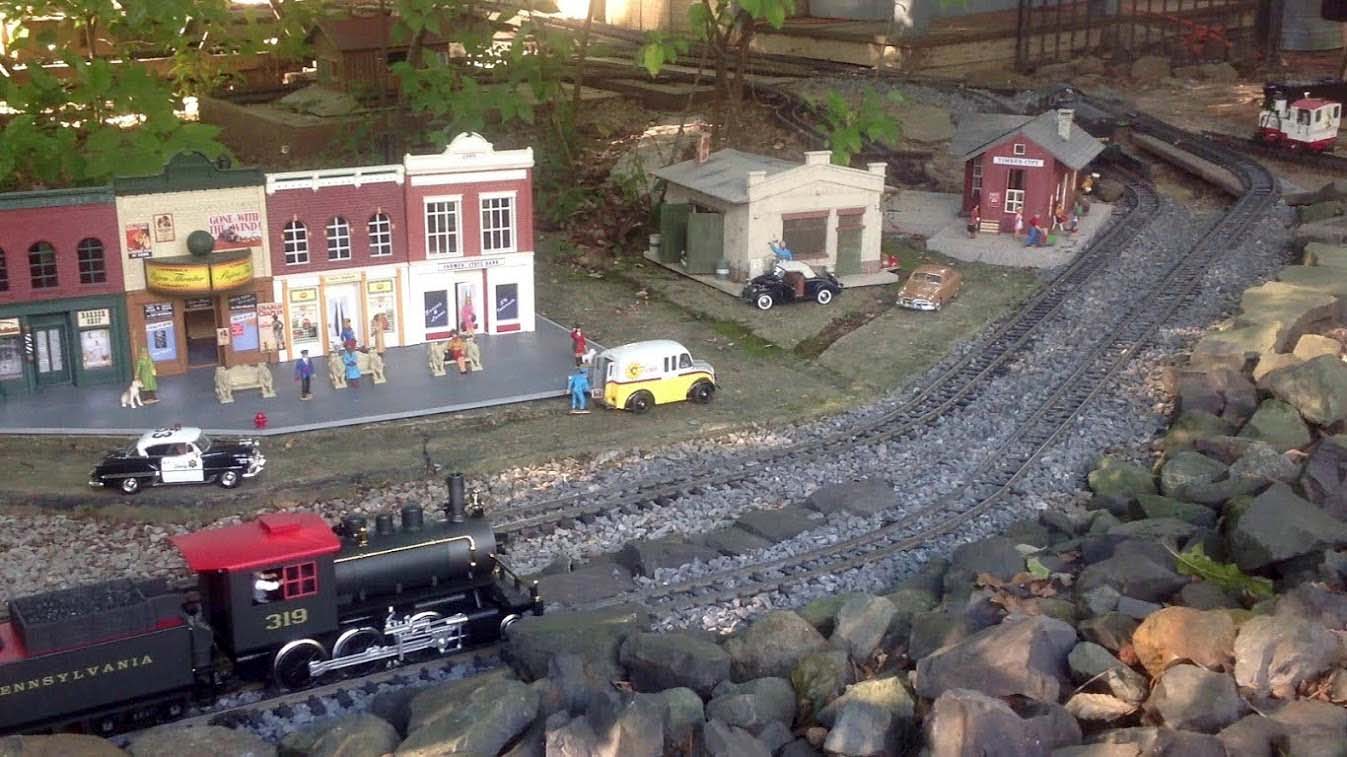
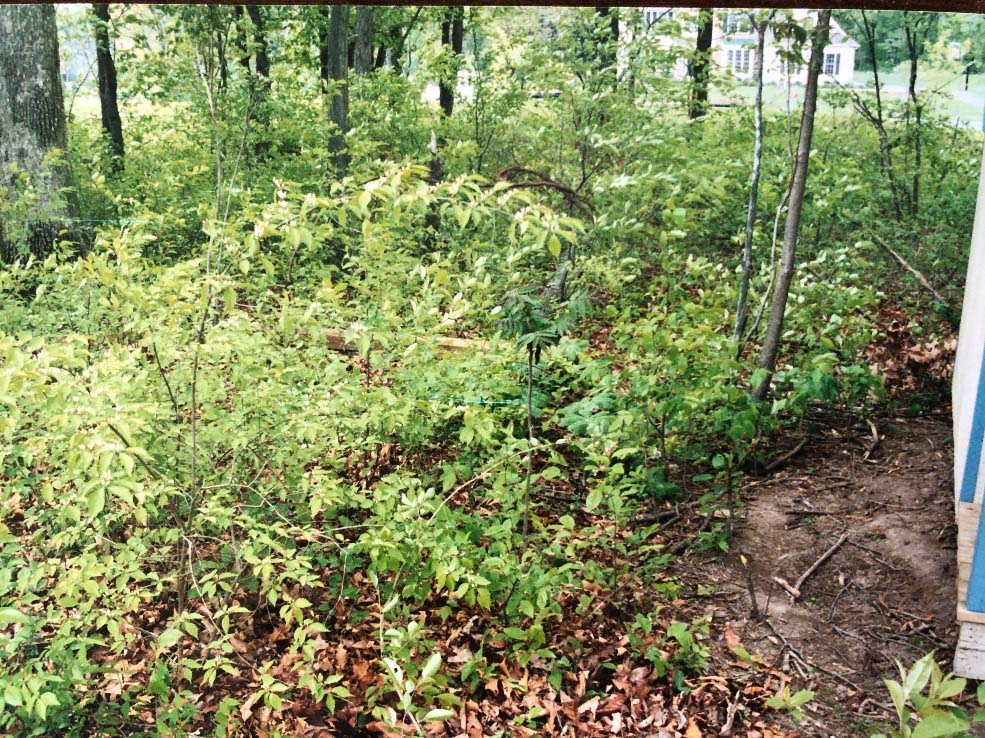
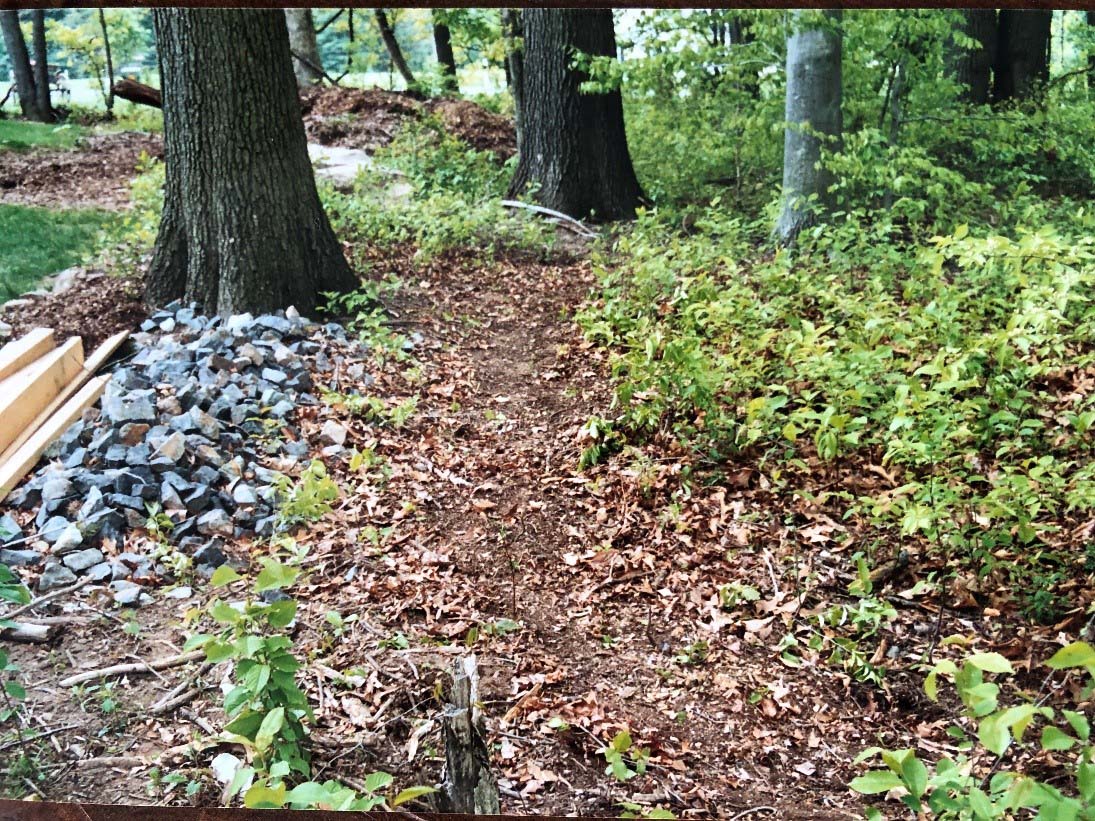
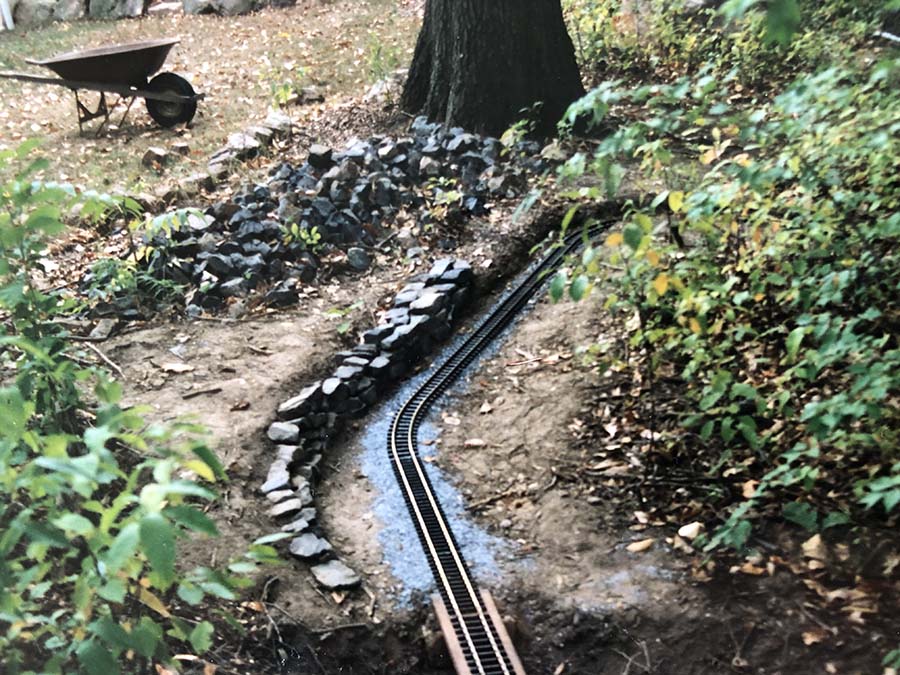

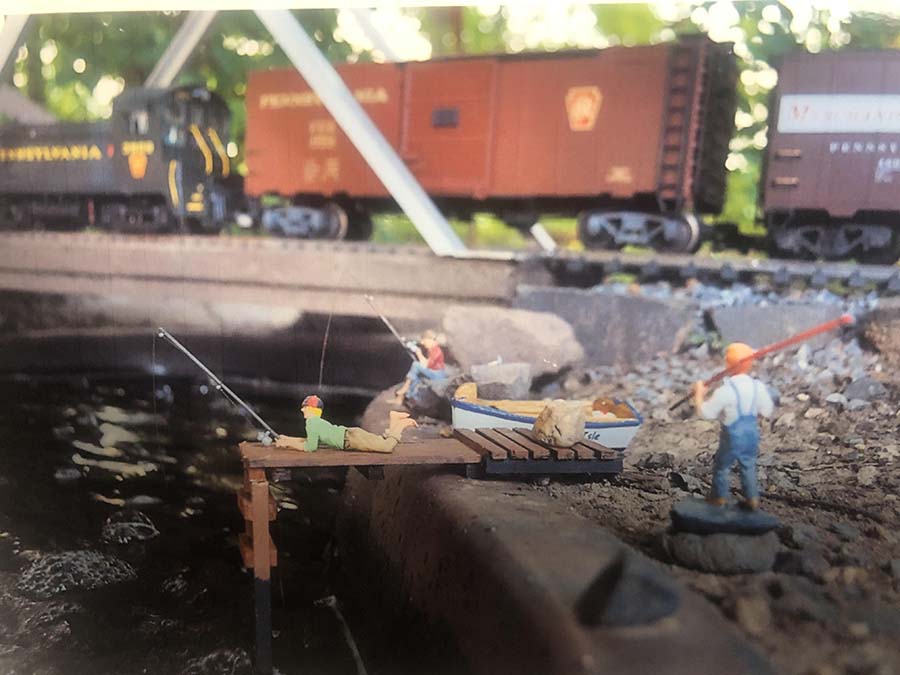
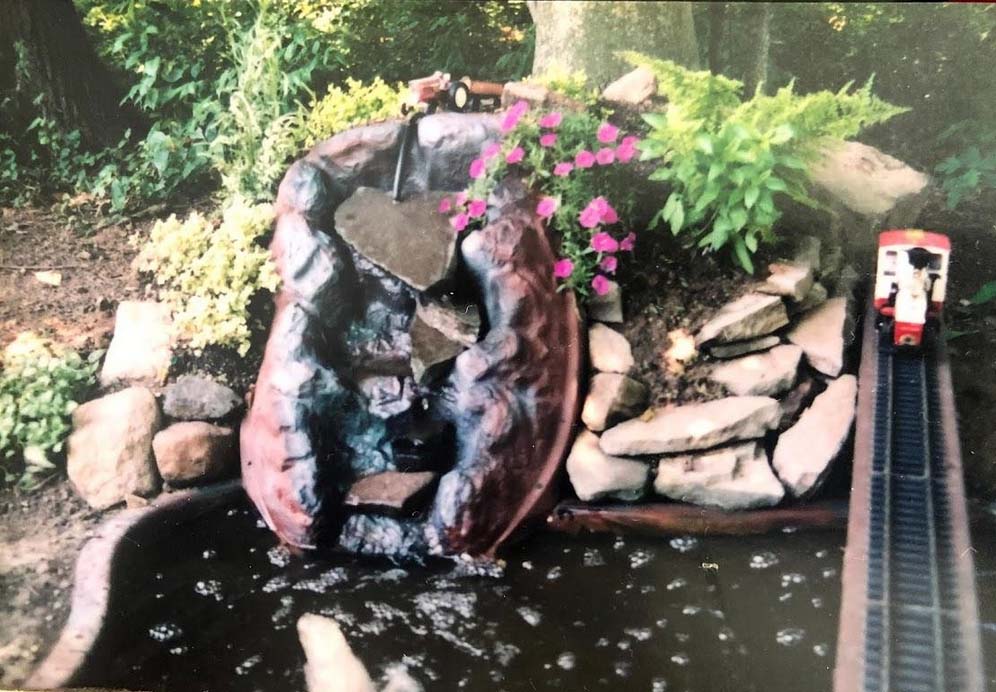
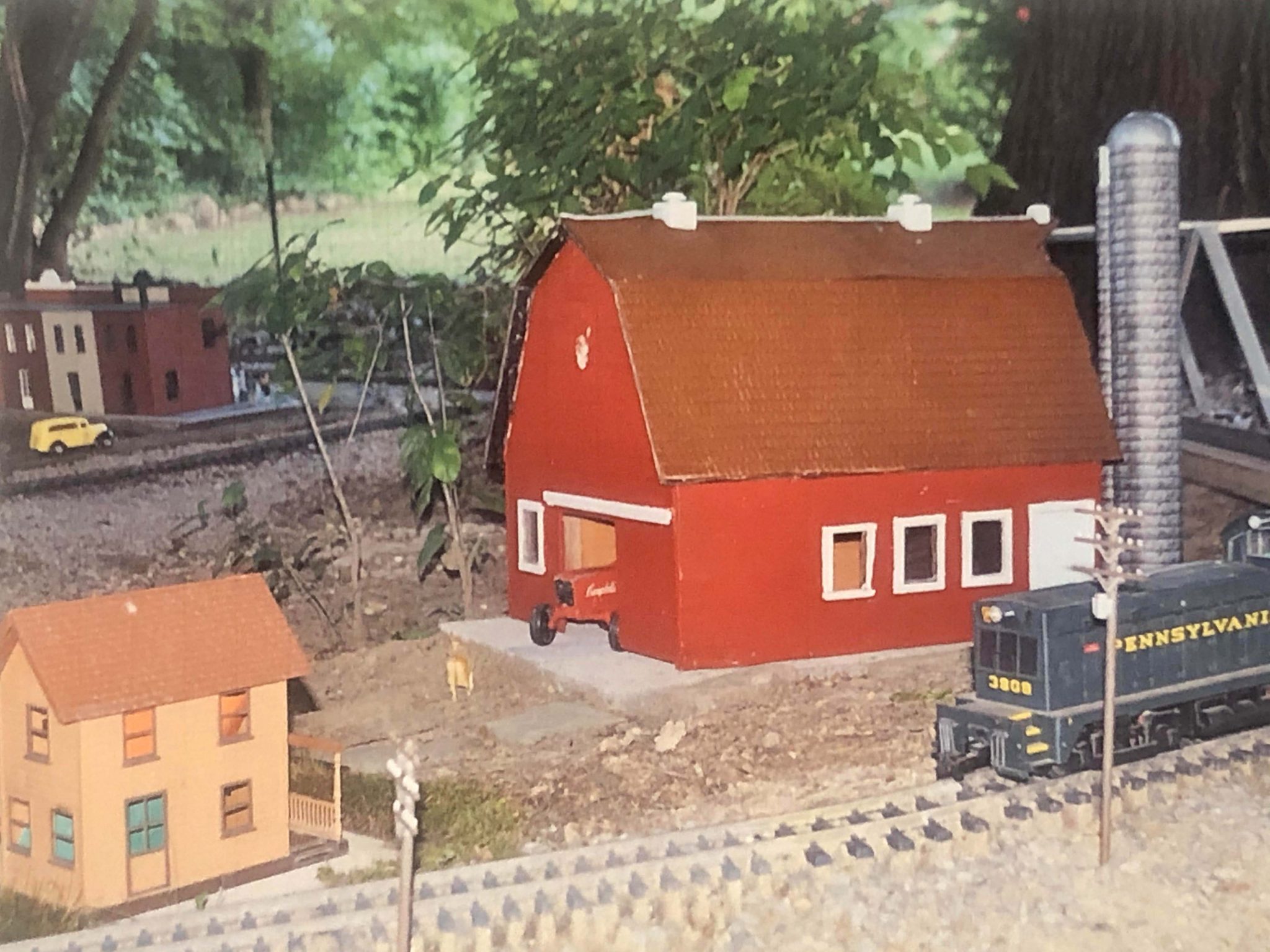
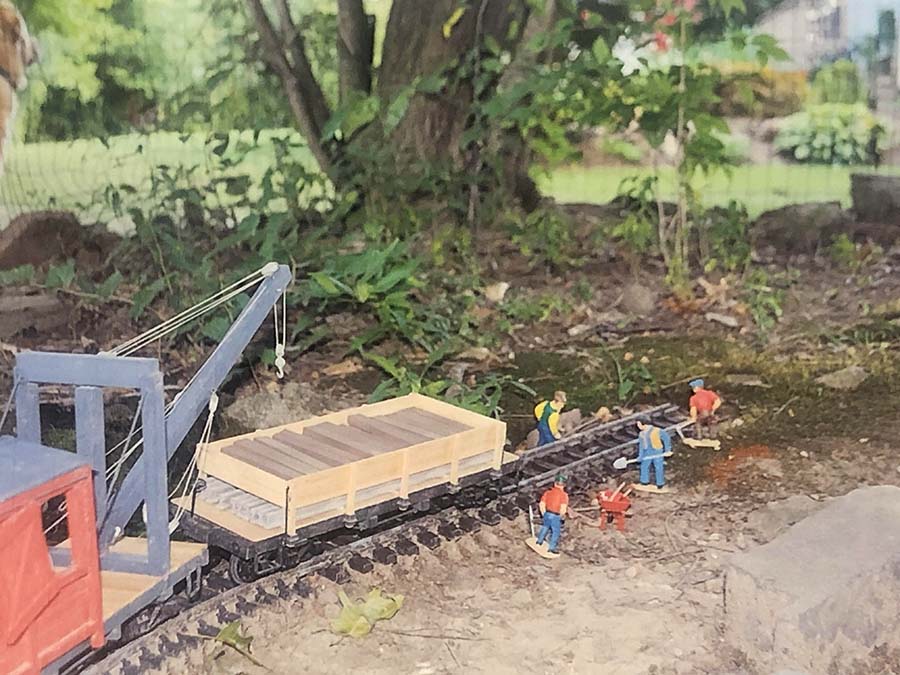

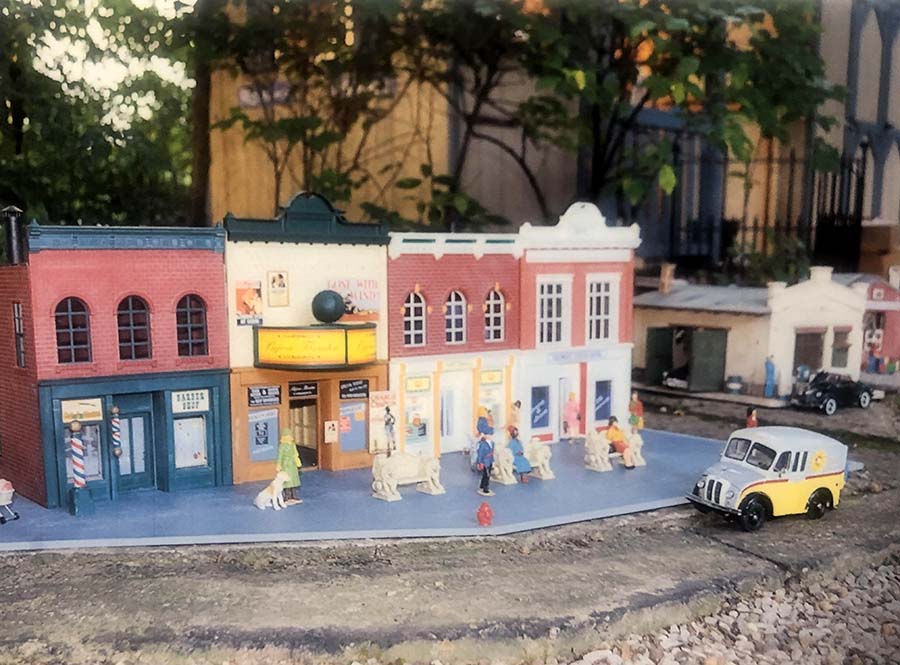
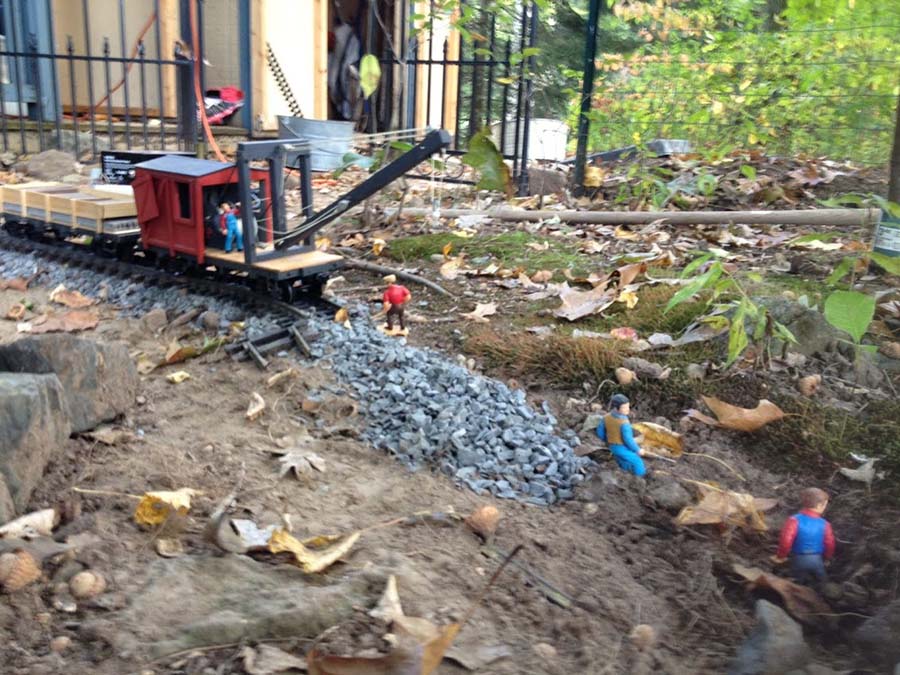
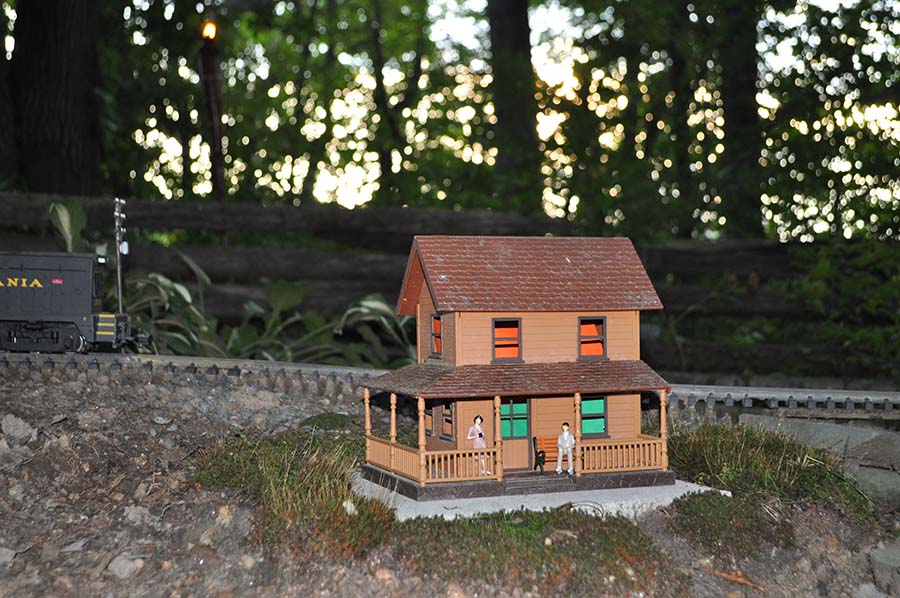

Great story and thank you for posting the photographs.
Tony….. great narrative and nice pictures.
Tony
Wow! Much thanks for the narrative and photos.
You are really good at this. Any chance you can do another in Kitty Hawk?
George from LI, NY
Please send in more about garden railways. I had my LGB around the ceiling in a large room at a previous home, moved, packed it all away. Now I want to install a small layout in a small backyard and negative inertia seems to be ruling the start.
Tony,
Great narrative.
Beautiful work with your garden railway.
I am a firm believer that model railroading is the world’s greatest hobby and your garden railway is but one of many examples why.
I do not know of any hobby that offers as many examples for creative expression as does the hobby of model railroading.
I do not know of any hobby that offers as many opportunities for learning new skills as does the hobby of model railroading.
Every scale has it own joys, its own advantages, its own opportunities.
In the small scales, one learns basic wood working, basic and advanced electronics, painting, and more. In the small scales one can develop many fine motor skills as well.
Building narrow gauge in the small scales is like a mental time machine that takes you back to a place where the world was more rugged but life was a lot simpler and moved at a slower pace.
Switching/shunting puzzles challenge the mind and encourage the discipline of planning before acting.
Lionel and American Flyer take us back to when we were young. The rejuvenate our souls. (Think about that word “Rejuvenate” and realize the exact meaning of it: to make young again.) Other scales can do the same to a point but nothing does it as well as the toy trains of Christmas Morning.
Lego and Wooden trains have their place too in rejuvenating us.
Garden Scale has its own challenges, joys, and opportunities. One learns a very different skill set that includes landscaping, use of large timber, concrete, plumbing, and so on. The end result is a bond with nature.
Ride on scales teach even a different skill set in terms of electronics, machine work, and so on.
Then there are those whose interests have taken them into fine art, sculpture, needlepoint, and other expressions of the crafters art.
Kool that’s neat, I always wanted to build a railroad outside but was afraid of the elements getting messed up.
i
Would love a garden railway but can’t get approval from the garden manager 😂 Have already taken the shed for my N Gauge layout and the loft for OO layout! Great job Tony 👍🏻
That was nice. It’s interesting to note the differences in building an outdoor railroad compared to an indoor layout where you have problems and issues to deal with, but your stuff is inside and less prone to the ravages of climate.
Seems to me if the costs were lower, more people might try it because space would not be such an issue as when building an indoor layout.
Frank in Orlando
Wow Thanks for sharing . Great Job.
Thank you for your G scale narrative and photos. Very inspiring and great ideas.
Richard (Blackfive) UK
Great layout I am building one at the moment, but due to illness am not going so fast and everything takes me a lot longer to. It would be good to have photos of the trees a few years later on so one can get an idea of what they would look like. Enjoyed the whole piece. Helps me to get going.
Looks Great and having your Children work with you made it a real Family Project.I live on 14 acres and have really wanted to build a great railroad like you did, but I will have to be content with “N” scale for now. I worked for the AT&SF Railroad and then the BNSF after the merger. That was over 50 years ago, and I retired in 2011 after 42 years of service. Have loved Railroads all of my life, and with the 100 plus years of service from my whole Family it has been great. Thanks for the Share, and again looks Great.
Not only is the railroad beautiful, but the idea that your son and you got to do it together makes the whole story beautiful.
They grow up too soon and become busy in their own lives. To have the memory of shared experiences is a gem to be treasured.
I have two boys and a girl. They all well into their 30’s and have families, jobs, and homes.
But, we got to share many happy times and adventures- Civil War reenacting for a decade together gave them memories for life.
Tony, you gave us all a very enjoyable read- all the best.
Wonderful garden railroad! Part of the fun is dealing with and overcoming obstacles. Tony’s use of auctions is a very good idea, and stretches his dollars enormously. Tony is a smart guy who knows how to have fun!
Looks great, a future project for me, though I am currently building two G scale live steam locos to use when I do get my track down. Will definately use some of your photos for inspiration.
How can I get some of the backdrop from you. Send me the information.
Tony, I’m about 10 years into my Garden layout as well. Your setup looks very similar, back in the woods with lots of shade. Although it appears you bring your track and buildings inside during winter. Probably a good idea, I just don’t have the storage for all that stuff. Leaves, weeds, branches, trees coming down and the critters! Special challenges, but all seems worthwhile once you see the trains traveling through the landscape. Love what you’ve done, looks great and hope to see more.
Cary in KY
James and Gary said it all. Great job.
Great article about the building of the layout. Love how these can run outside with the natural wonder of our earth’s landscape!